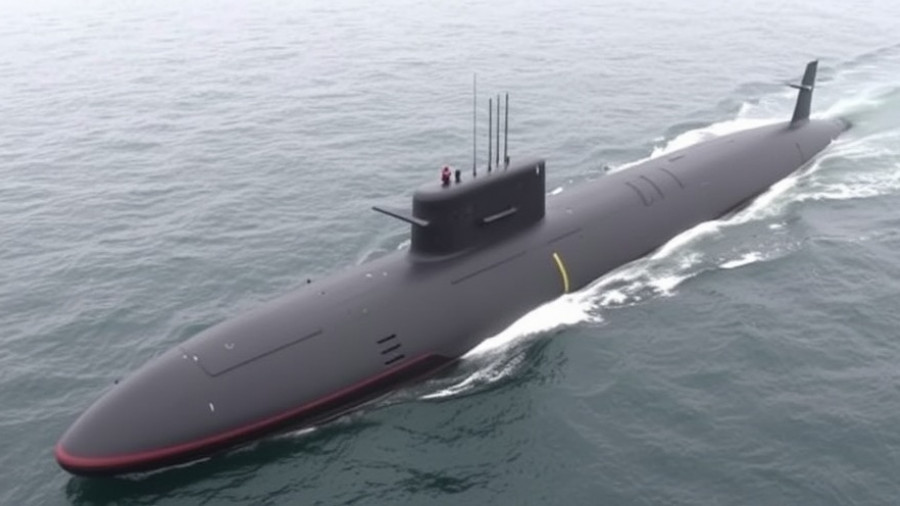
Philippine Navy's New Era: Launch of BRP Rajah Sulayman
The Armed Forces of the Philippines (AFP) has marked a significant milestone with the launch of its first Offshore Patrol Vessel (OPV), the BRP Rajah Sulayman, in Ulsan, South Korea. This vessel symbolizes not just a new addition to the fleet but a commitment to maritime security and the nation’s sovereignty amidst a backdrop of escalating regional tensions.
A Major Investment in Maritime Defense
Under the contract with HD Hyundai Heavy Industries, the Philippine Navy will see a total of six OPVs constructed, amounting to a staggering investment of approximately 30 billion pesos (around $533.67 million). This substantial expenditure reflects the government's serious approach to defense modernization as it anticipates a growing need for more sophisticated capabilities in response to shifting geopolitical realities.
Significance of the Vessel's Name
The BRP Rajah Sulayman is named in honor of an indigenous leader known for his resistance to foreign colonization during the pre-colonial era, signifying not only a protective stance over the Philippines’ territorial integrity but also an homage to its rich cultural heritage. General Romeo Brawner Jr., chief of staff of the AFP, emphasized that the launch of this vessel is a “bold declaration” of the country's dedication to maritime security, indicating that the vessel is poised to play a vital role in the national defense strategy.
Strategic Defense Initiatives
According to a recent GlobalData report, the Philippines is set to increase its defense spending, forecasted to reach $6.2 billion by 2029. This anticipated rise in expenditure is driven primarily by tensions in the South China Sea, where territorial disputes require a robust naval presence. As part of its “Re-Horizon 3” initiative, the Philippine military is focusing on modernizing naval and air defense capabilities, highlighting an urgent response to evolving security challenges.
Future Trends in Defense Spending
The defense procurement landscape is expected to witness a compound annual growth rate (CAGR) of 4.9% from 2025 to 2029. This trend underscores the importance of timely and strategic investment in defense infrastructure, especially given the Philippines’ geographical disposition and ongoing regional challenges. The modernization efforts are aimed at developing a resilient military framework capable of effectively addressing both traditional and non-traditional threats.
Community Support and Implications
The launch of the BRP Rajah Sulayman comes with community recognition, symbolizing a stronger relationship between the public and the armed forces. It illustrates a collective understanding of the necessity for proactive measures to safeguard national interests. As the ship embarks on its operational journey, it will serve as a tangible expression of the Philippines' readiness to protect its maritime boundaries.
Understanding the Broader Impact
For those in Mississippi and beyond, the implications of the Philippine Navy's developments resonate significantly, as they not only pertain to local communities in maritime zones but also influence global naval strategies. The commitment shown by the Philippines is a call for other nations to take steps towards enhancing their own maritime security frameworks, emphasizing the interconnectedness of global security dynamics. Understanding these shifts is critical as they may well indicate future trends in defense spending and geopolitical alliances.
Conclusion: The Call to Action
The unveiling of the BRP Rajah Sulayman provides an opportunity for deeper engagement on defense and security issues that touch every corner of the globe. For citizens, it's essential to remain informed about these developments as they shape our collective future in an increasingly complex security environment. By staying engaged and advocating for informed policies, we can contribute meaningfully to discussions that promote peace and security.
 Add Row
Add Row  Add
Add 




Write A Comment